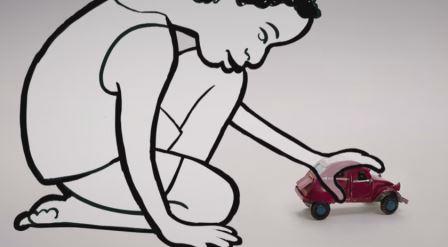
The Pakistan Red Crescent helped respond to the devastating bombing in Lahore on March 27, 2016, transferring many of the injured to hospitals.
In times of war,
all civilians are protected under International Humanitarian Law (IHL). But children are especially vulnerable, so there are special provisions for them.
What does IHL say about children?
IHL aims to limit the impacts of war on children and to protect them from violence and the negative impacts of armed conflict.
Child soldiers and recruitment into fighting forces: Children are still being recruited by some national armed forces; they are also being recruited to be arms-carriers into non-state armed groups and actively participate in the fighting and they are also being used to carry supplies and provide military intelligence.
Additional Protocols were added to the Geneva Conventions in 1977 which prohibit the recruitment and participation in hostilities of children who are under the age of 15. When it comes to international armed conflicts, Additional Protocol I requires that when children aged 15-18 are being recruited that emphasis is put on recruiting the eldest from that age category.
In May of 2000, an optional protocol was added to the 1989 Convention on the Rights of the Child. Under this protocol the minimum age for recruitment is 18. For countries who have signed the Optional Protocol, they are therefore not allowed to recruit children under the age of 18.
Children not involved in armed conflict: Children who are not actively fighting have the same protections as other civilians – but there are additional protections in place. The Geneva Conventions and 1977 Protocols recognize children's needs for food, clothing, medical help and clothing.
Orphans and children separated from their families: In the chaos and violence of a conflict children can become orphaned or separated from their families. Under IHL these children are to be identified, protected and provided with facilities that ensure their physical safety. All appropriate steps need to be taken to reunite the child with their family.
Children who have been detained due to an armed conflict must be kept with their family group. If they can't be with their family, children should be separated from adult prisoners or adult detainees.
In addition, under IHL, these children's educational needs must be provided for.
How is the Red Cross helping?
The ICRC is pushing for the universal recognition of an age limit of 18 by all countries. In the field, the ICRC helps to demobilize child soldiers which means that they work to help the child transition from soldier back into a civilian, and provides psychological support so that they can start to live a normal child's life again.
The Red Cross’
Restoring Family Links program helps reunite children who have become separated from their family during conflicts and emergencies.
Learn more: